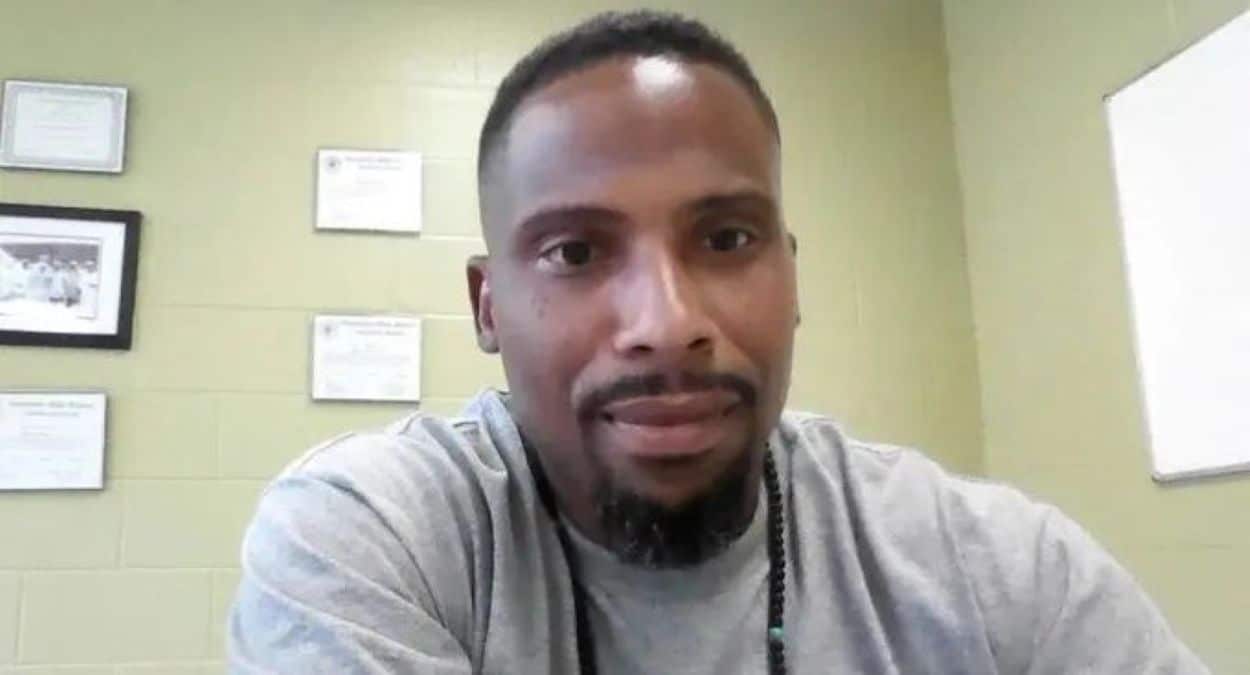Louisiana made history on Tuesday when Jessie Hoffman Jr., 46, was executed by nitrogen gas at the State Penitentiary.
The execution occurred at 6:50 p.m., concluding a long saga in which Hoffman spent 28 years on death row. This nitrogen execution, the first of its kind in Louisiana, sparked significant reactions.
This was the fifth execution by nitrogen hypoxia in the United States. Prison officials described the procedure as “flawless.” Witnesses observed Hoffman twitching and clenching his hands, and his last breath was recorded at 6:37 p.m. After that, the curtains were drawn. This method has sparked controversy: is it painless or cruel? The debate continues.
Jessie Hoffman was executed by the state of Louisiana tonight, shamefully the first execution in the state since 2010. This is the first execution using nitrogen hypoxia in a state other than Alabama. No matter the method, the death penalty is the ultimate cruel, inhuman, and… pic.twitter.com/sNMFFYFg3Y
— Amnesty International USA (@amnestyusa) March 19, 2025In 1996, Hoffman murdered Mary “Molly” Elliott, a 28-year-old advertising executive, who was abducted, raped, and killed in New Orleans. His lawyers fought to halt the execution, arguing that the use of nitrogen violates the Eighth Amendment. They claimed that as a Buddhist, Hoffman could not meditate. However, the Supreme Court ruled against them, deciding 5-4.
Louisiana used nitrogen gas to put Jessie Hoffman Jr., 46, to death Tuesday evening in the state's first execution in 15 years. https://t.co/MiI9kyg2PJ
— CBS News (@CBSNews) March 19, 2025Protesters gathered, holding signs that read “Let Jessie Live!” They distributed prayer cards to those present. Inside the venue, his spiritual adviser led a chant. Molly’s husband, Andy Elliott, expressed his feelings, saying, “It’s bittersweet. While relief ends our nightmare, the grief will remain.” The case involving nitrogen execution in Louisiana has sparked divided opinions.





